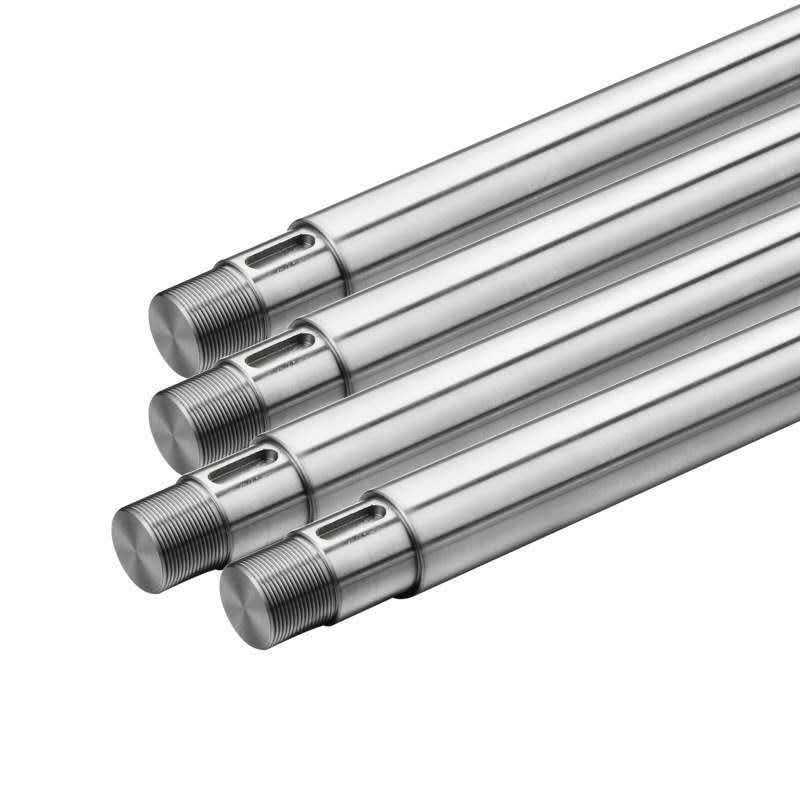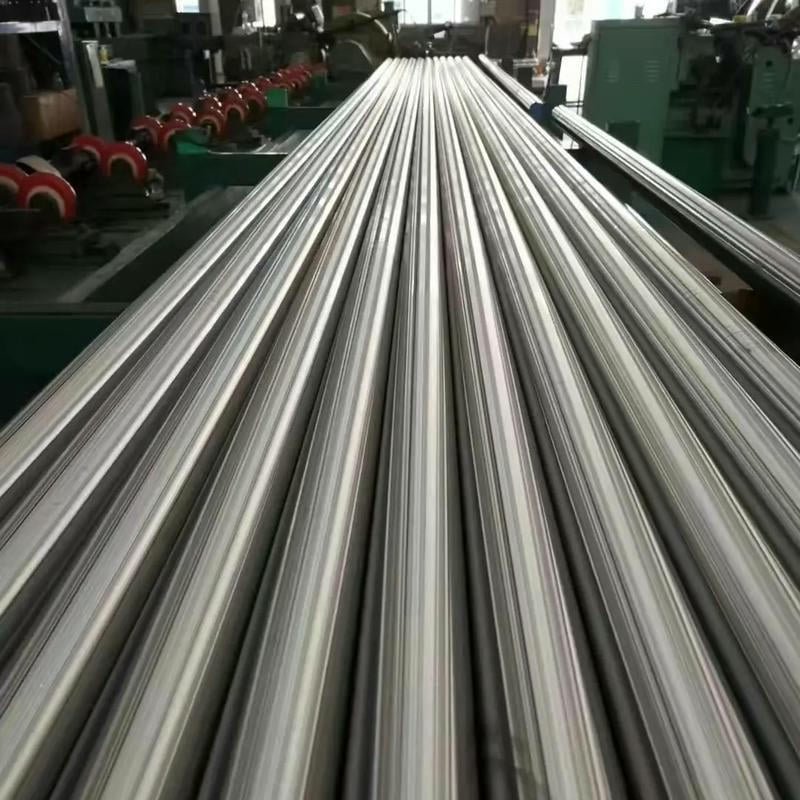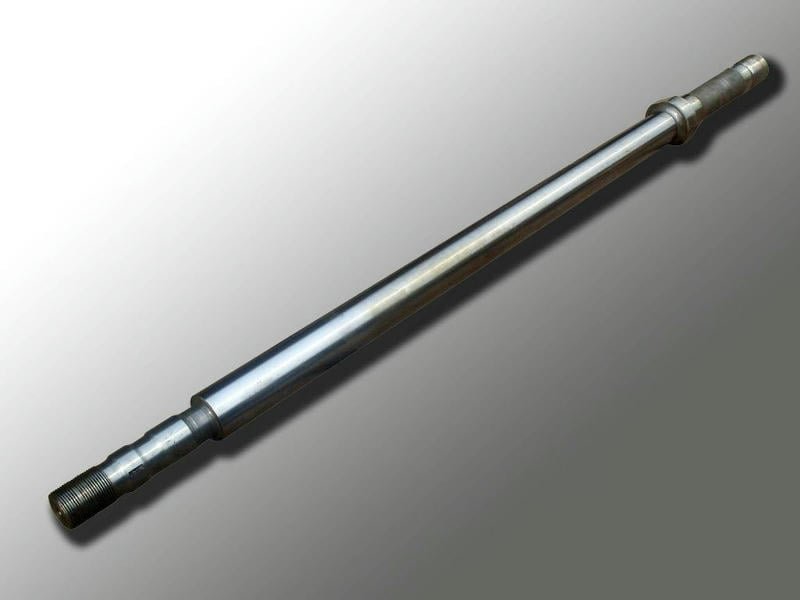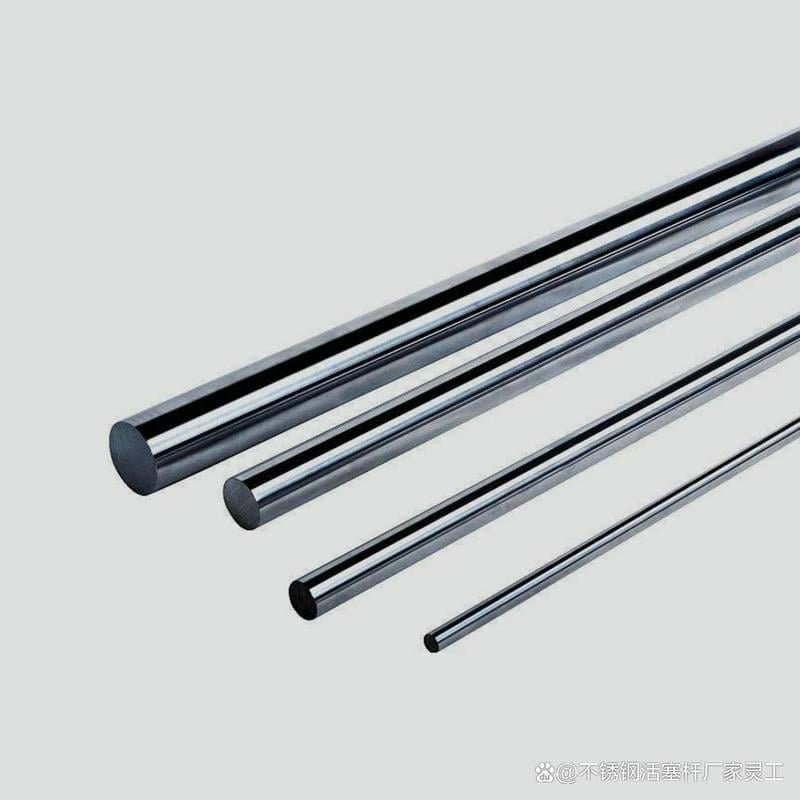
Picture this: your hydraulic system grinds to a halt mid-operation, your production line stalls, and repair costs start piling up. The culprit? A neglected hydraulic cylinder piston rod. Industry data reveals that improper maintenance causes about 12.6% of hydraulic cylinder failures, with fluid contamination accounting for 41.1% (Cylinders Inc.). The kicker? Most of these failures stem from skipping three simple but critical maintenance steps. In this article, we’ll uncover the three practices 92% of operators overlook and show you how to keep your hydraulic cylinder running smoothly, saving you time, money, and headaches.
Key Takeaways
- Regular cleaning of the piston rod prevents contamination and corrosion, yet it’s often ignored.
- Proper lubrication reduces wear and extends rod life, but many skip it.
- Checking alignment to prevent side loading avoids rod bending, though it’s rarely prioritized.
- Studies show improper maintenance leads to 12.6% of hydraulic cylinders failures, with fluid contamination causing 41.1%.

Why Hydraulic Cylinder Piston Rod Maintenance Matters
The hydraulic cylinder piston rod is the workhorse of your hydraulic system, transferring force and driving motion. Neglecting it can lead to corrosion, wear, or bending, resulting in costly downtime and repairs. Think of it like ignoring the tires on a race car—skip the upkeep, and you’re headed for a crash. By following these three overlooked steps, you’ll boost your hydraulic cylinder and piston’s reliability and lifespan, keeping your operation in the fast lane.
3 Overlooked Steps for Hydraulic Cylinder Piston Rod Maintenance

1. Regular Cleaning of Hydraulic Cylinder Piston Rods
Your piston rod is constantly exposed to dust, debris, and moisture—perfect ingredients for corrosion and wear. These contaminants can sneak past hydraulic cylinder piston seals, damage the rod’s surface, and even cause seal failure. Regular cleaning removes these threats, ensuring your hydraulic cylinder piston rod performs at its best.
How to Clean Your Piston Rod
- Clean After Every Use: In dusty or humid environments, wipe the rod with a soft cloth or brush using a mild solvent (like a petroleum-based cleaner) to remove dirt and grease.
- Avoid Abrasives: Never use sandpaper or harsh chemicals, as they can scratch the rod’s surface and damage its chrome plating.
- Dry Thoroughly: After cleaning, dry the rod with a clean cloth to prevent moisture buildup, which can lead to corrosion.
Pro Tip: In harsh conditions (like construction sites), consider installing a rod boot to shield your hydraulic cylinder piston rod from contaminants (CompHydraulic).
2. Proper Lubrication of Hydraulic Cylinder Rods
Lubrication is the unsung hero of piston rod maintenance. It minimizes friction between the rod and seals, reduces wear, and creates a protective barrier against moisture and contaminants. Skip this step, and you’re inviting surface wear, seal damage, and reduced system efficiency.
How to Lubricate Your Piston Rod
- Choose the Right Lubricant: Check your equipment manual or consult the manufacturer for the recommended lubricant—typically hydraulic fluid or a specialized rod lubricant. Ensure compatibility with seal materials (Hallite Fluid Guide).
- Apply Evenly: Use a clean cloth or applicator to spread a thin layer of lubricant along the rod’s entire length, ensuring all contact surfaces are covered.
- Lubricate Regularly: Depending on specific hydraulic cylinder parts, lubricate weekly or monthly, or follow the manufacturer’s maintenance schedule.
Pro Tip: Don’t over-lubricate—excess lubricant can attract dust, worsening contamination. A thin, even coat is all you need.
3. Preventing Side Loading in Hydraulic Cylinders
Side loading happens when the load isn’t aligned with the cylinder’s axis, putting uneven stress on the piston rod. This can cause rod bending, uneven wear, and seal failure, slashing your cylinder’s lifespan. Yet, many operators skip alignment checks, leading to costly hydraulic cylinder repair.
How to Prevent Side Loading
- Verify Installation: Ensure the cylinder is securely mounted and aligned per the manufacturer’s guidelines. Check for loose or worn mounting points (Hydraulic Cylinders Inc.).
- Operate Within Design Parameters: Avoid overloading or using the cylinder for unintended tasks. Match the load to the cylinder’s capacity.
- Use Stop Tubes: For long-stroke cylinders, install stop tubes to reduce buckling and side loading risks.
Pro Tip: Look for signs of uneven wear on the rod or seals (like wear on one side). These can signal side loading, and you’ll need to adjust alignment ASAP.

Why Are These Steps Overlooked?
Let’s be real—most operators focus on big-ticket maintenance tasks like changing hydraulic fluid or filters, while hydraulic cylinder piston rod care slips through the cracks. Cleaning and lubricating seem like small potatoes, but they’re critical for preventing corrosion and wear. Meanwhile, side loading checks require extra time and know-how, so they’re often skipped. But trust me, these steps pack a punch when it comes to your system’s long-term performance.
Industry Data Backs It Up
A 2021 MDPI study highlights that hydraulic cylinder failures are often tied to fluid contamination (41.1%) and improper maintenance (12.6%). Piston rod issues like corrosion and bending are major contributors (Cylinders Inc.). Prioritizing these three steps can slash your failure risk and keep your hydraulic piston cylinder humming.
| Maintenance Step | Common Issues | Preventive Measures | Expected Benefits |
|---|---|---|---|
| Regular Cleaning | Corrosion, Seal Damage | Clean after use, dry thoroughly | Reduced corrosion, longer seal life |
| Proper Lubrication | Wear, Increased Friction | Use recommended lubricant, apply regularly | Lower wear, improved efficiency |
| Prevent Side Loading | Rod Bending, Seal Failure | Check alignment, use stop tubes | Prevents bending, extends cylinder life |


